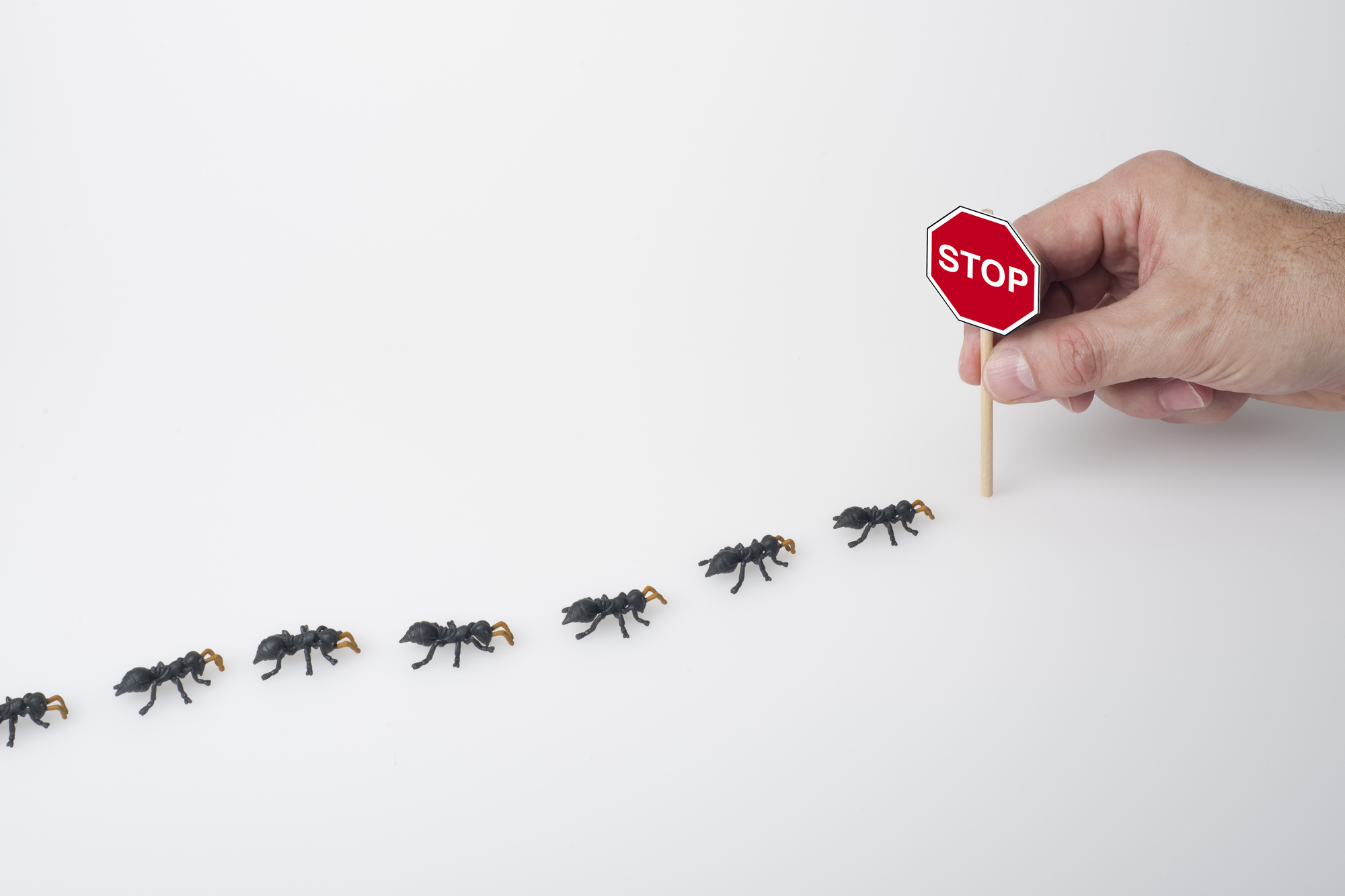Introduction
Ants are among the most common pests found in homes and businesses around the world. While they can be fascinating creatures in their natural habitat, their presence indoors can lead to various problems, including contamination of food and structural damage. For those facing ant infestations, anay control service offer a professional solution to effectively manage and eliminate these pests. In this article, we’ll explore the importance of ant control services, types of ants commonly encountered, signs of infestation, and the various treatment options available.
Understanding Ant Infestations
Why Ants Invade Homes
Ants typically invade homes in search of food, water, and shelter. They are highly social insects, forming colonies that can range from a few dozen to millions of individuals. Once they find a reliable food source, they leave pheromone trails to guide other ants from their colony to the food. This can lead to large swarms of ants in your kitchen or pantry if not addressed promptly.
Common Types of Ants
- Carpenter Ants: Known for nesting in wood, carpenter ants can cause significant structural damage to homes. They are often mistaken for termites but do not eat wood; instead, they hollow it out for nesting.
- Sugar Ants: These ants are attracted to sweet substances and are commonly found in kitchens. Their small size makes them hard to spot until they swarm.
- Odorous House Ants: Recognizable by their distinct odor when crushed, these ants are also drawn to sugary foods and can quickly invade homes.
- Fire Ants: Aggressive and known for their painful stings, fire ants can pose a health risk. They typically build mounds in open areas.
- Pavement Ants: Often found in cracks in pavement and sidewalks, these ants can invade homes and are attracted to greasy foods.
Signs of an Ant Infestation
Recognizing the signs of an ant infestation early can help mitigate the problem before it worsens. Here are some common indicators:
- Visible Ant Trails: If you see a line of ants moving in and out of your home, it’s likely they are following a pheromone trail to a food source.
- Nesting Sites: Carpenter ants may leave small sawdust piles near their nests, which are typically located in damp or rotting wood.
- Food Contamination: Ants can invade food containers, leading to contamination. Look for small holes or disturbed food items.
- Presence of Ants: Spotting ants, especially in large numbers, indicates an active infestation that requires immediate attention.
The Importance of Ant Control Services
1. Expert Knowledge
Ant control professionals have the training and expertise to identify ant species and their nesting habits. This knowledge is crucial for implementing effective control measures.
2. Tailored Treatment Plans
Each ant infestation is unique, requiring a customized treatment plan. Professionals assess the severity of the infestation and tailor their approach accordingly.
3. Long-Term Solutions
Ant control services not only eliminate existing ants but also implement preventive measures to reduce the likelihood of future infestations. This might include sealing entry points and providing tips on keeping food storage areas clean.
4. Safety and Environmentally Friendly Options
Many ant control services prioritize the use of environmentally friendly products that are safe for children and pets. Professionals are trained to apply these products effectively, minimizing risk to your household.
Treatment Options for Ant Control
1. Inspection
A thorough inspection is the first step in any ant control service. Technicians identify the type of ants, nesting sites, and entry points to develop a comprehensive treatment plan.
2. Baiting
Ant baits are one of the most effective methods for controlling ant populations. The bait contains poison that the worker ants carry back to the colony, where it can eliminate the queen and other ants.
3. Spraying
In cases of severe infestations, professionals may use insecticides to create a barrier around the home. This can help prevent new ants from entering while targeting those already inside.
4. Dust Treatments
For ants nesting in walls or hard-to-reach areas, dust insecticides can be applied. This method allows the pesticide to settle in cracks and crevices, reaching hidden ants.
5. Exclusion Measures
After treatment, technicians may recommend exclusion measures to prevent future infestations. This includes sealing cracks, fixing leaks, and ensuring food is stored in airtight containers.
DIY Ant Control Tips
While professional services are often the most effective, homeowners can take some preventive steps to minimize ant activity:
- Keep Food Sealed: Store food in airtight containers and clean up spills promptly to eliminate food sources for ants.
- Seal Entry Points: Inspect your home for cracks and gaps where ants could enter, and seal them with caulk or weatherstripping.
- Maintain Cleanliness: Regularly clean kitchens and dining areas to remove food particles and grease that attract ants.
- Trim Vegetation: Keep trees and shrubs trimmed away from your home to reduce potential entry points.
Conclusion
Ant infestations can be a nuisance, but with the help of professional ant control services, homeowners can effectively manage and eliminate these pests. Understanding the types of ants, recognizing the signs of infestation, and implementing appropriate treatment options are crucial steps in maintaining a pest-free environment. Whether you choose to tackle the problem yourself or hire a professional, taking action quickly will help protect your home from the potential damage ants can cause. For the best results, consider reaching out to a qualified pest control service to ensure a thorough and effective solution.

